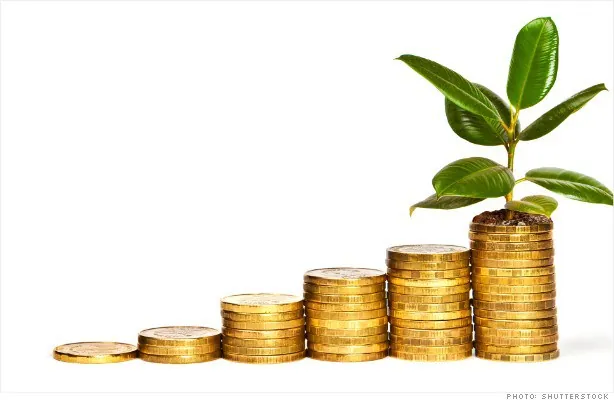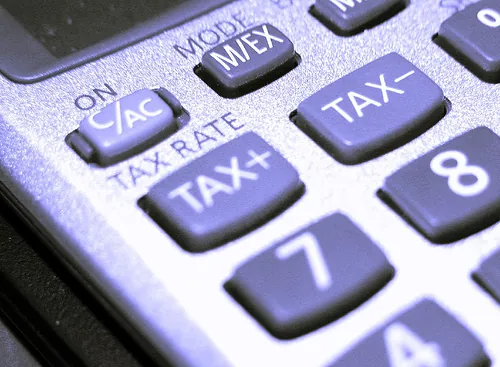Among the issues investors need to consider when buying and selling exchange traded funds (ETFs) are buy and sell spreads. Spreads are often seen as an unavoidable cost of trading and investing, and are not unique to ETFs per se. What’s more, the competitive nature of open exchange markets – as well as the impact of dedicated market makers – help to ensure ETF bid-offer spreads are as tight as possible.
Despite higher interest rates in the United States and ongoing weakness in commodity prices, the Australian dollar has broadly trended sideways since late 2015. This note updates our model estimates of fair-value for the $A against the US dollar in light of recent interest rate developments and the December quarter terms of trade results. Although we find that the $A is now closer to fair value (based on current fundamentals), it still seems likely to eventually break below its recent range as fundamentals continue to evolve.
At this time of the year many investors and their advisers are focused on ensuring they implement the most tax efficient strategies in order to take advantage of any benefits or deductions before the end of the financial year. This post details an important but often underappreciated benefit that exchange traded funds (ETFs) can offer investors – tax efficiency. Tax-efficiency is, perhaps, a less visible benefit for investors, as, in the Australian financial market, fund manager performance is more often assessed on pre-tax returns, meaning investors may not be fully appreciative of this ETF related benefit.
The recent rebound in the price of gold in light of heightened financial market volatility should serve as a reminder to investors of the “safe haven” properties that this precious metal can offer. What’s more, should more central banks resort to negative interest rate policy (NIRP) in the face of slowing global growth, gold’s safe haven status could take on added lustre.





